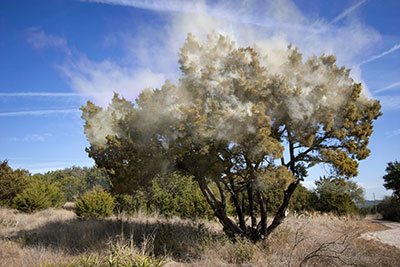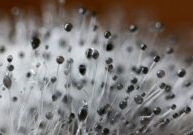Cedar Fever Allergy

Mountain cedars create an immense amount of pollen that can travel up to 100 miles with a gust of wind. The trees are visibly taunting, releasing huge pollen clouds into the air with a strong wind, or a shake of the tree.
Allergy sufferers have reactions to the pollen, but despite the popular nickname “cedar fever,” most don’t acquire a fever at all.
Cedar fever symptoms:
- Sneezing fits
- Runny nose
- Itchy, burning or watery eyes
- Cough
- Headache
- Itchy throat
- Exhaustion
Most people first identify mountain cedar allergy as a cold, but the lasting symptoms along with the pollination season proves otherwise. Skin or blood testing can verify the allergy in order to proactively treat the cause of suffering.
How can allergy drops help cedar fever symptoms?
Those affected by cedar fever can help rid themselves of the symptoms through allergy drop immunotherapy. This treatment slowly introduces patients to the allergen, creating an immunity that, over time, lessens or eliminates allergic reactions to make winter months more bearable.










